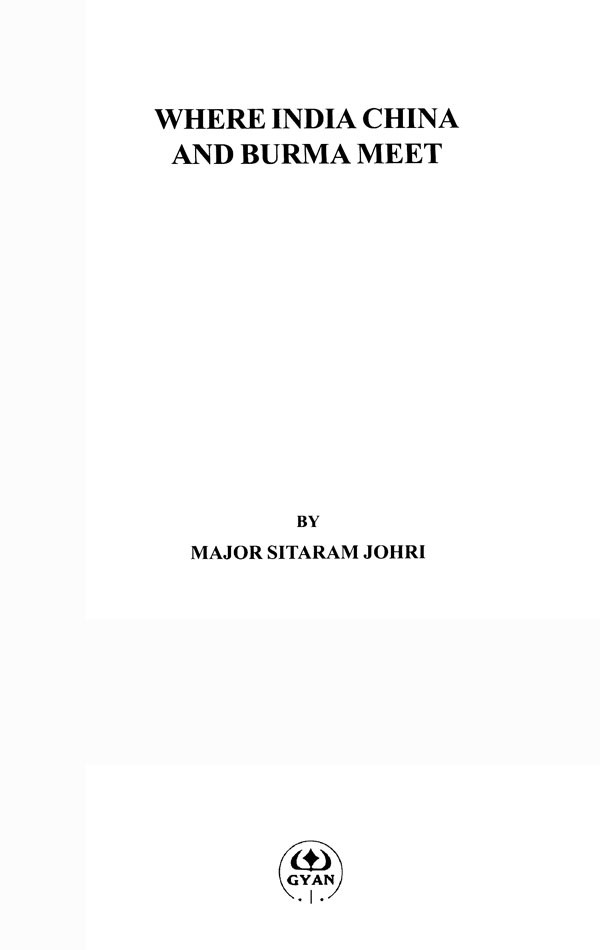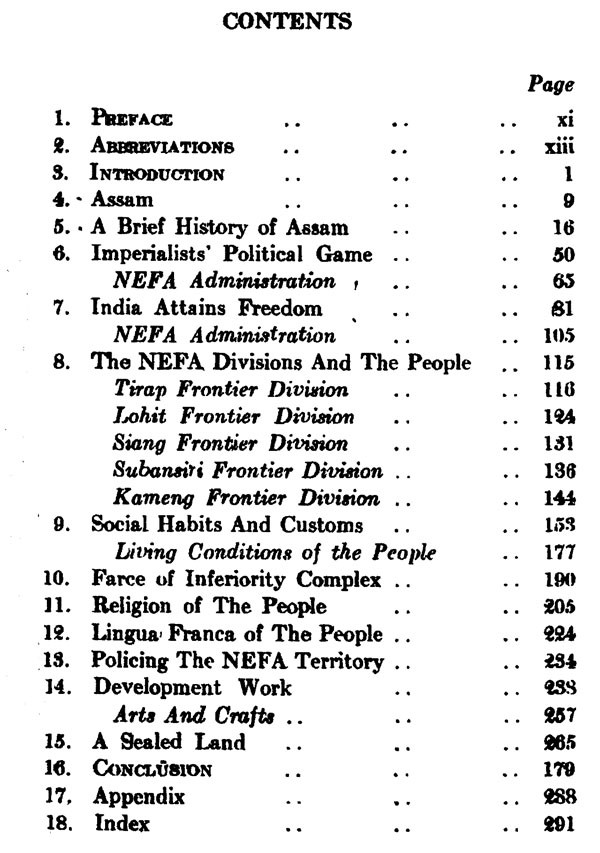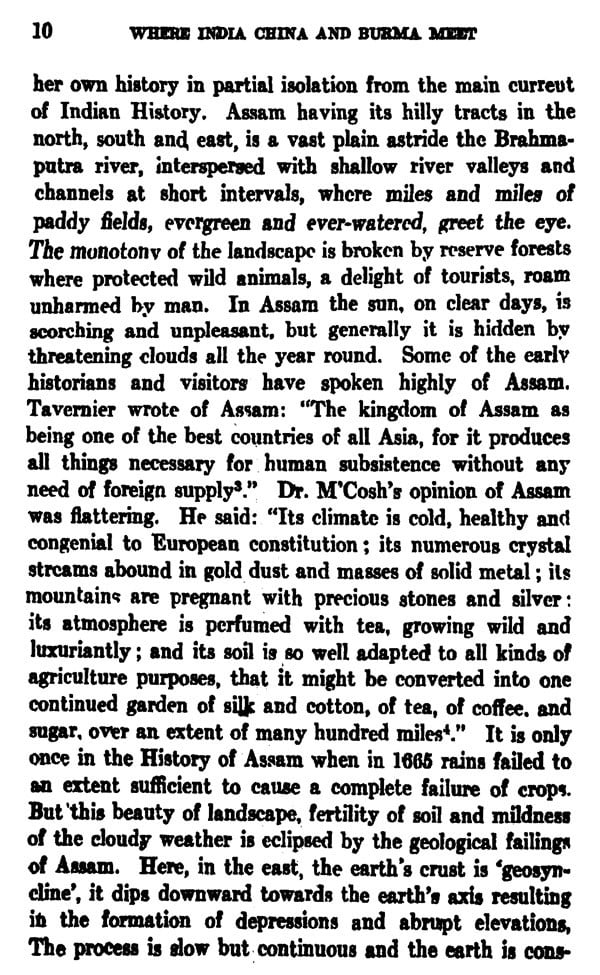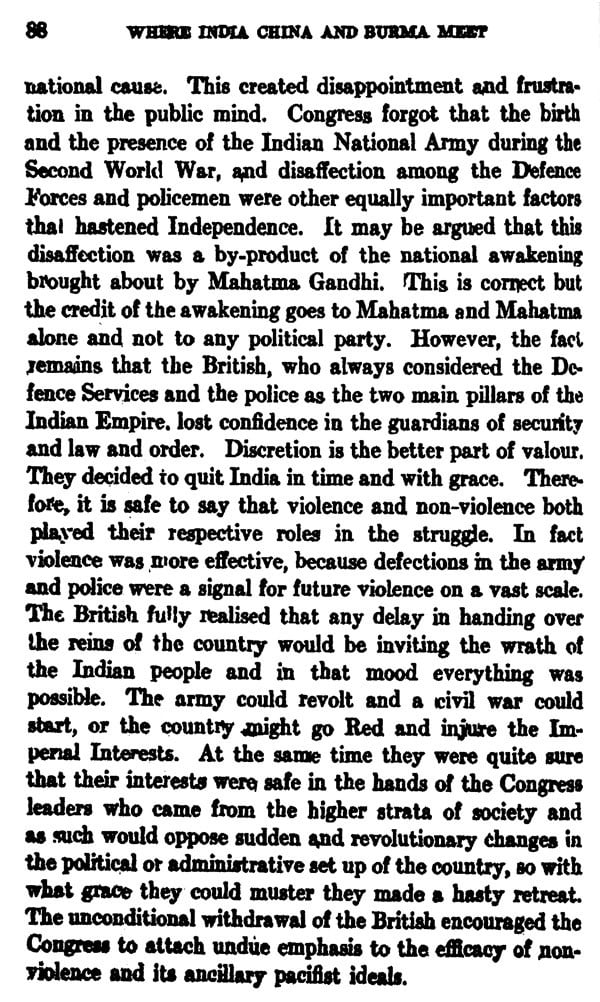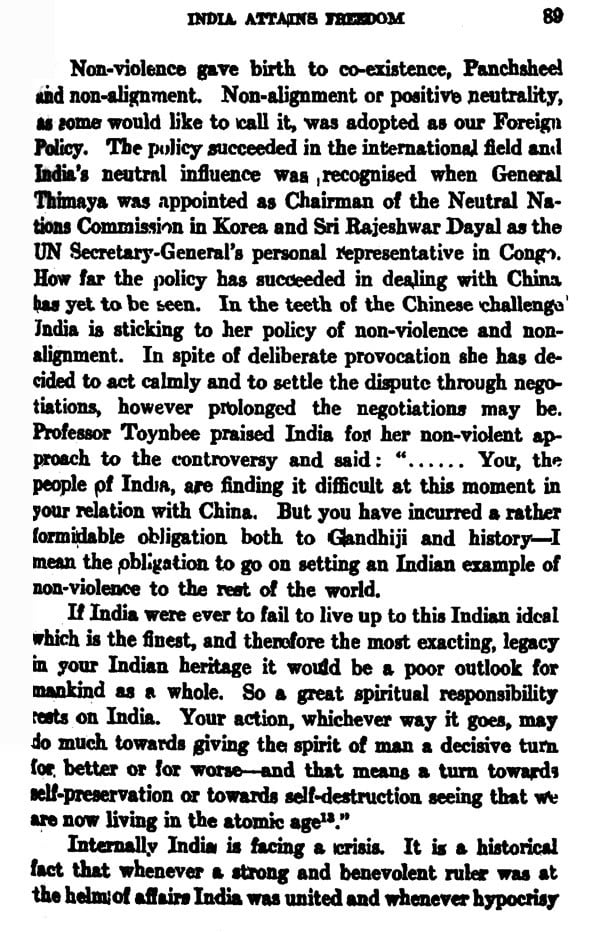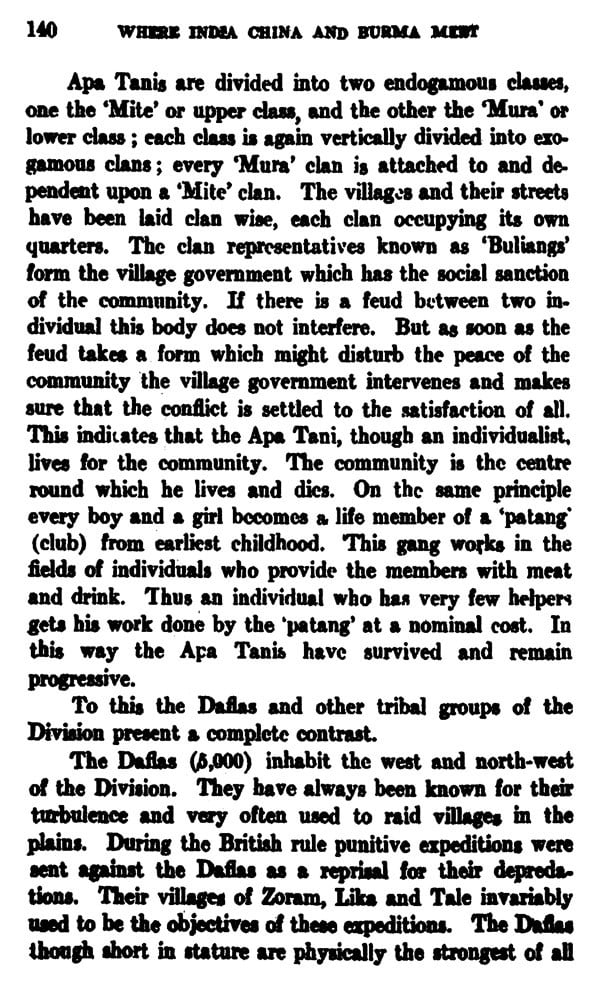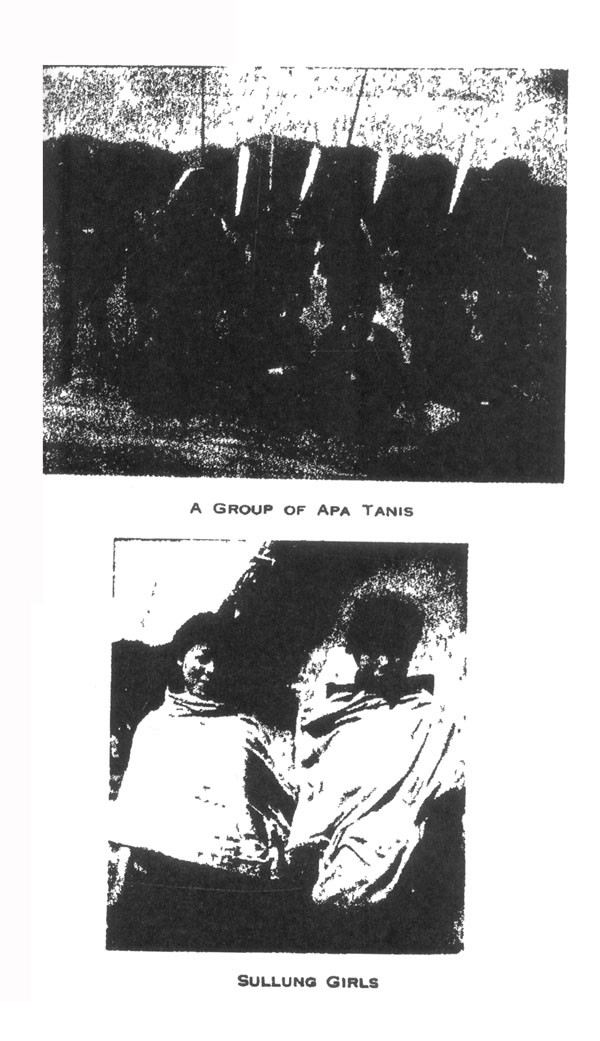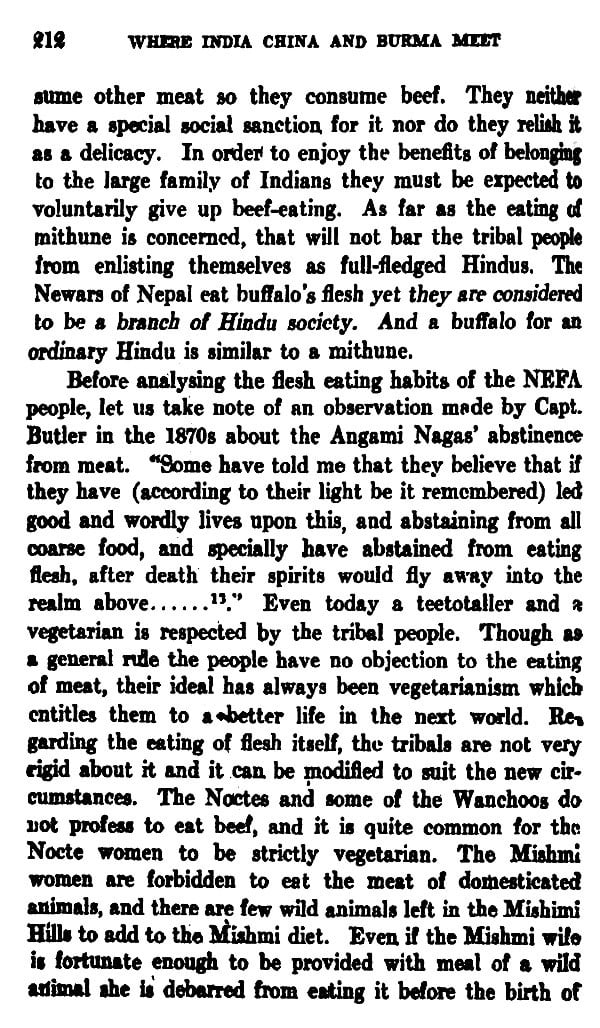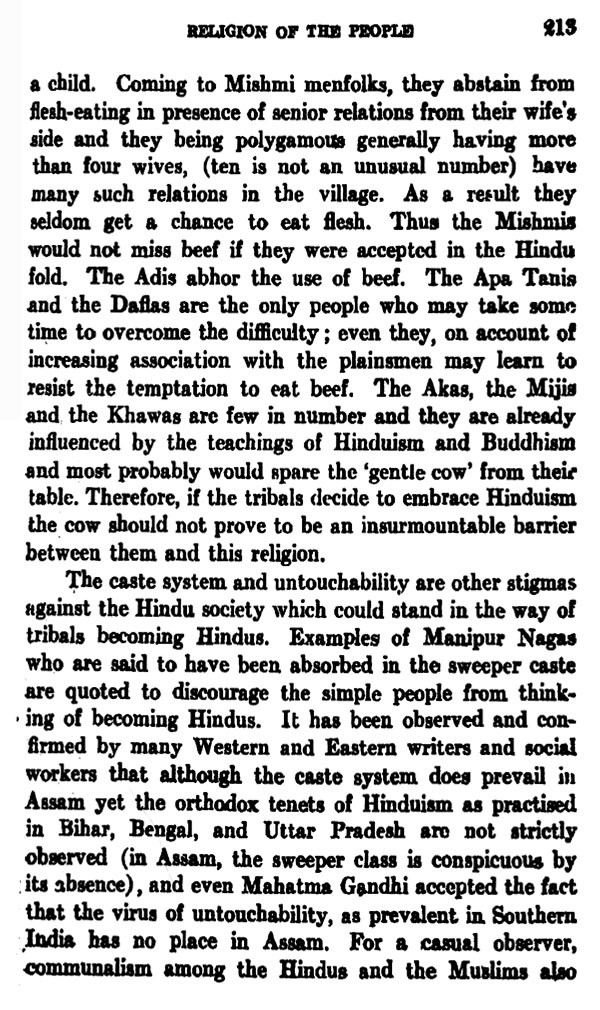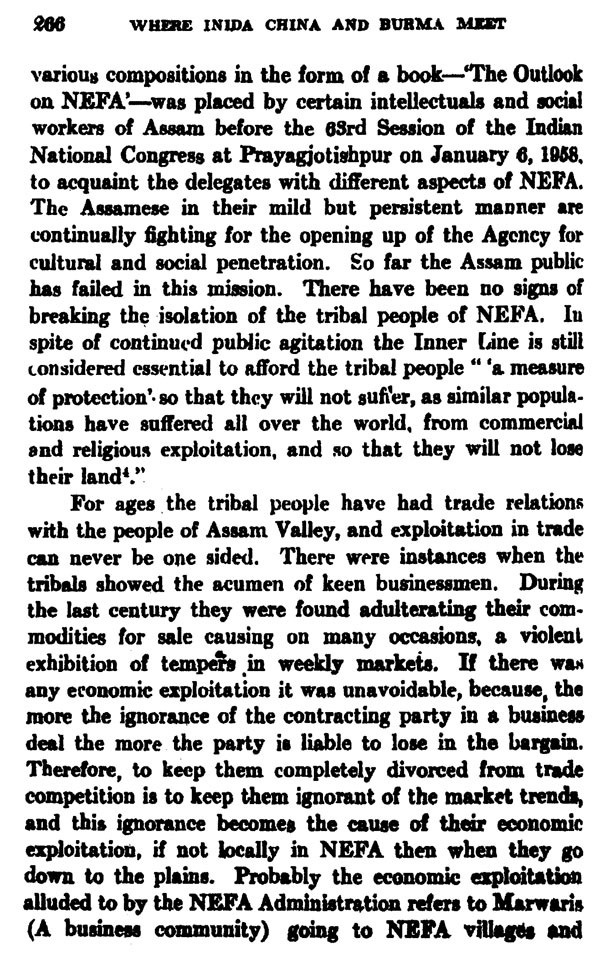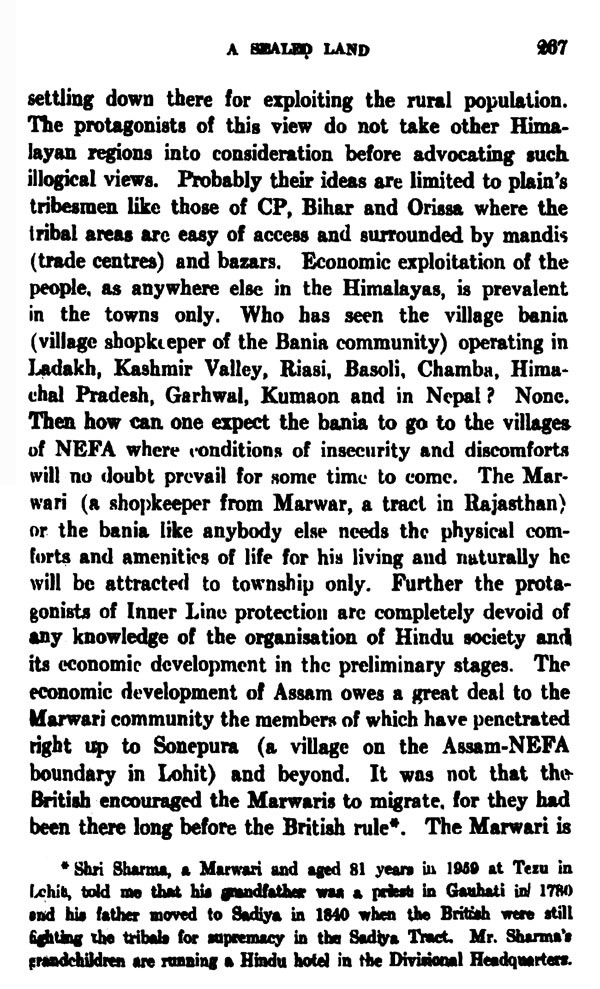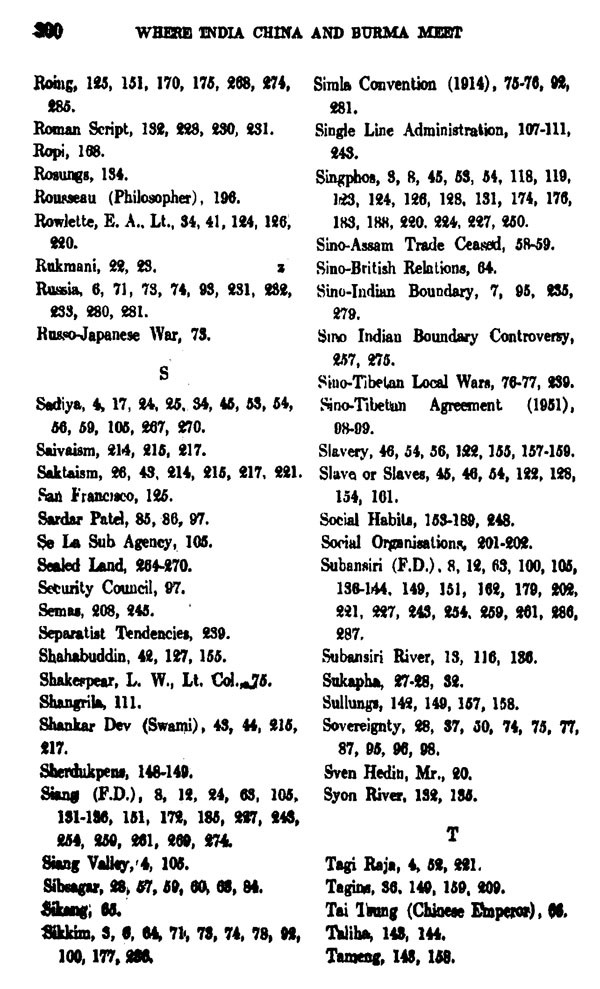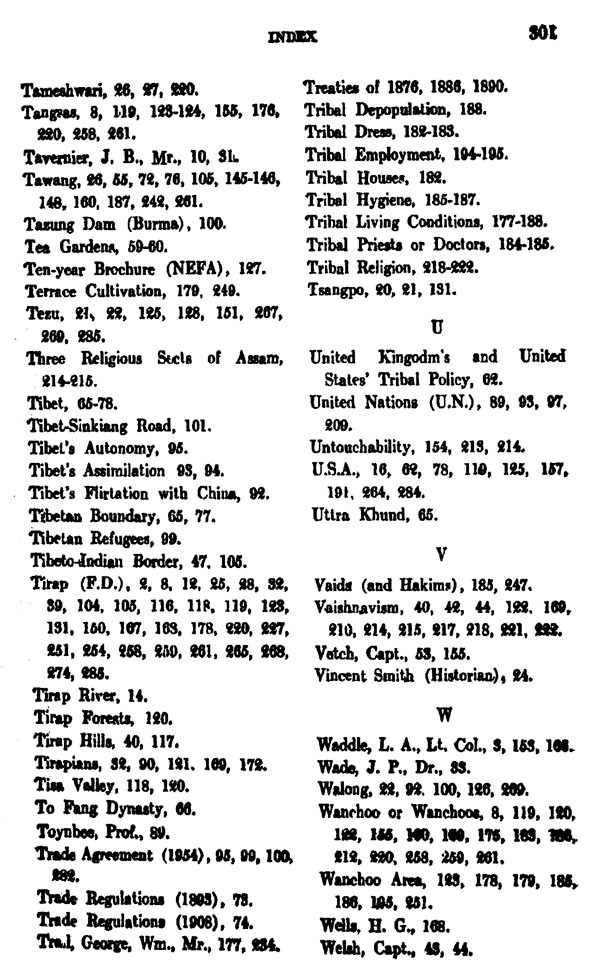About the Book The book is the brain child of Major Sita Ram Johri. It is based on NEFA (North- East Frontier Agency). The book analyses the problems of NEFA in conjunction with the more important historical, geographical, economic, and cultural characteristics of the region and of Assam. An attempt is made in this book to acquaint the public with genesis of the conflict that has risen as a result of the Chinese incursions across the McMahon line and all that is involved in it. The book has been written in a simple and forthright manner. In this interesting book, the author assails the policy of the Government of India in keeping the people of NEFA in continued isolation and calls for the integration of the NEFA tribals with the people of Assam with whom they had historic ties since the days of the Ahom rulers. He also favors the abolition of the Inner Line Regulations.
About the Author The author was a retired Army Officer when the book was published. He retired from the army in 1958. He obtained his Master's in Science degree from Allahabad and Master's in Education degree from LEEDS. He wrote a number of very readable books on our Northern and North-East Frontiers. He was open to the views of his other Seniors whenever he wrote any book. This shows that he was interested in knowing the perspective of his colleagues on the issues highlighted by him. The book speaks of Johri's thoroughness and keenness for having been able to collect details in the manner he has and recording them in a simple readable form. He has made a detailed study of the NEFA and its inhabitants. He visited Assam and other places of historical importance in Assam, which offered him opportunities of meeting many Assamese intellectuals and social workers from whom he learnt a lot about NEFA.
Preface I visited Mansarovar in 1954 and met Swami Parmanand, F.R.G.8. of Almora at Thokar Mandi situated on the eastern bank of the sacred lake. During my short association I learnt much from the Swami. It was for the first time that I came to know about the Inner Line Regulations, as applicable to Garhwal and Kumaon, which restricted the entry of foreigners beyond the Inner Line and prohibited foreign missionaries' residence in the border areas. I understood that the Chinese protestations against foreigners and foreign missionaries had something to do with these restrictions. My curiosity to know something more about this barrier, specially pertaining to the North- East Frontier Agency, increased. With the assistance of Maj-Gen. Hiralal Atal-ex-Adjutant General of the Indian Army and now retired-I obtained the permission to visit the forbidden land.
During the period of my sojourn in the NEFA Divisions I visited Shillong twice. Both the times I travelled by road from North Lakhimpur to Gauhati (about 250 miles), and to reach Dibrugarh I passed through Nawgaon and Jorbat located in the heart of Assam. The journey offered me opportunities of meeting many Assamese intellectuals, and social workers, from whom I learnt more about NEFA than I could from the Agency officials, probably because the latter were inhibited by Official Conduct Rules. It soon became apparent that without visiting Majuli, an island of Brahmaputra on the northern bank, and other places of historical importance in Assam my trip to NEFA would be of very little value.
Introduction "I am alarmed when I see not only in this country but in other great countries, too-how anxious people are to shape others according to their own image or likeness and to impose on them their particular way of living. We are welcome to our way of living but why impose it on others? This applies equally to national and international fields. In fact, there would be more peace in world, if people were to desist from imposing their way of living on other people and countries.
I am not at all sure which is the better way of living. In some respects I am quite certain their's is better. Therefore, it is grossly presumptuous on our part to approach them with an air of superiority, to tell them howe to behave or what to do. There is no point in trying to make a second-rate copy of ourselves.
Now, who are these tribal folks? A way of describing them is that they are the people of the frontiers or those who live away from the interior of this country.
**Contents and Sample Pages**
